The solution I've come up with for this is as follows:
I have a tableview with multiple prototype cells that displays complex data. There is a segue to a detail view, and a transaction process view.
This first tableview has a search button that displays a new tableview with the results. It needs the same functionality as the main tableview that pushes it; including segues to the detail and transaction progress views so:
On storyboard, select and copy your main tableview. Deselect and paste. Create a push segue from your main tableview to your 2nd tableview; or from where ever you want to navigate to it from. Modify the 2nd tableview as you like. IE: If it requires some UI changes no problem.
Create a new viewcontroller class that is a subclass of the viewcontroller running the main tableview.
Override the data delegate in your subclass to serve up the subset of data you want.
Back in the storyboard, select your 2nd tableview controller and in the identity inspector select your subclass as the custom class.
For this solution to work smoothly, your app really needs to be managing data for the views. You could use prepareforsegue to pass data from 1st tableview to the second, but I've found the app data model far more flexible from numerous points of view.
Unless you have buttons that push to the sub views via segue, your subclass will need to override functions that push via segues with identities. NB Segues must have unique identifiers if you id them at all.
It took a lot of trial and error to figure this out, but once you understand the concept, it's a relatively smooth solution that is quite adaptable and not so bad to implement.


